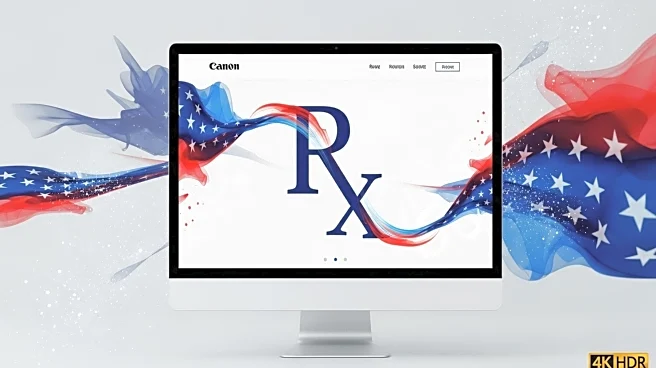What is the story about?
What's Happening?
The biopharmaceutical industry, led by PhRMA, has announced several initiatives aimed at reducing prescription drug costs in the United States. These initiatives include a $500 billion investment in domestic infrastructure, expanded patient financial assistance, and the introduction of direct-to-consumer purchasing platforms. This announcement follows President Trump's call for drugmakers to offer 'most favored nation' (MFN) drug prices. Companies like Pfizer are expected to align with these expectations by providing MFN prices to Medicaid programs, offering significant discounts on certain drugs, and increasing investments in domestic manufacturing.
Why It's Important?
Prescription drug pricing is a contentious issue in the U.S., with many arguing that prices are inflated to subsidize foreign markets. The Trump Administration's push for MFN pricing aims to lower drug costs for American consumers. However, the complexity of the drug pricing system, involving manufacturers, pharmacy benefit managers (PBMs), and insurers, means that simple solutions may not be effective. The initiatives announced by the industry could lead to lower drug prices, but there are concerns about potential unintended consequences and the impact on innovation and access to treatments.
Beyond the Headlines
The drug pricing debate highlights the intricate relationships within the pharmaceutical supply chain. While manufacturers are often blamed for high prices, PBMs and insurers also play significant roles in determining costs. The lack of transparency in these relationships complicates efforts to reform drug pricing. Understanding the full scope of the drug pricing process is crucial for developing effective policies that balance cost reduction with the need to maintain innovation and access to essential medications.
AI Generated Content
Do you find this article useful?














